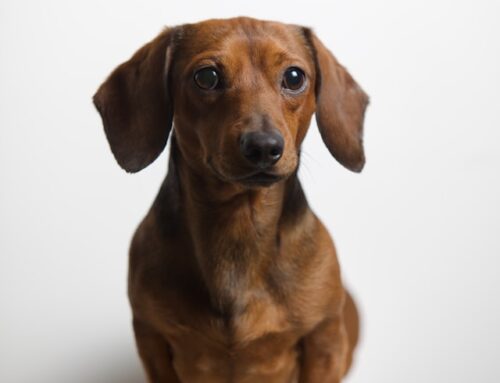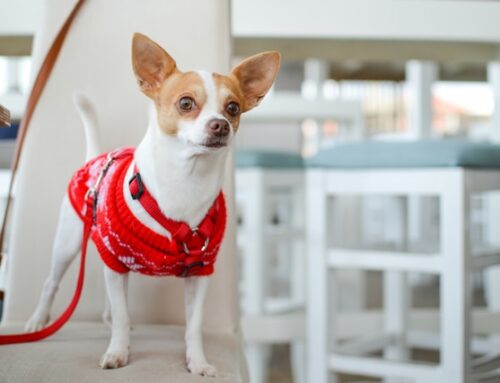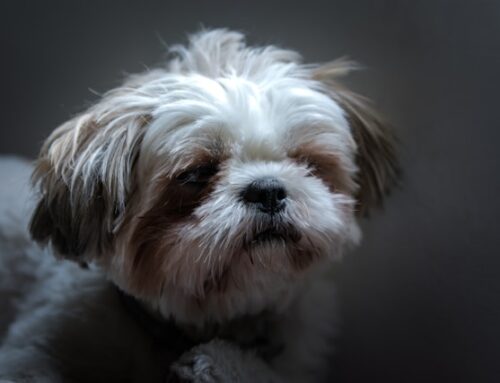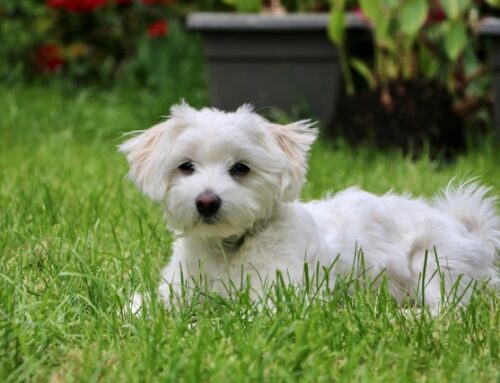Overview
- Introduction: Do Maltese Shed
- Shedding in Dogs: Basics
- Understanding Maltese Dog Coat
- Do Maltese Shed?
- Factors Influencing Shedding in Maltese Dogs
- Managing Shedding in Maltese Dogs
- Shedding and Maltese Dog Breeding
- Shedding and Maltese Dog Behavior
- Understanding Shedding Cycles: Maltese Dog Perspective
- Shedding and Maltese Dog Health
- Conclusion: Do Maltese Shed
Introduction: Do Maltese Shed
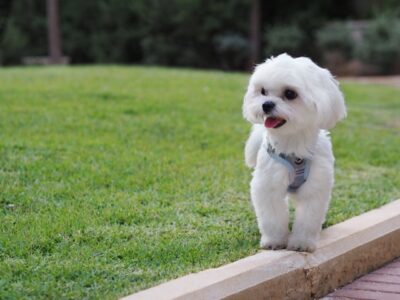
Ah, the charming Maltese lion dog – a bundle of fluffy joy that captures hearts with its elegance. But wait, do Maltese shed like most dogs? As any dedicated dog lover knows, understanding shedding in our furry companions, especially in popular dog breeds like Maltese puppies, is crucial for their health and our sanity.
Keeping a Maltese’s coat healthy is paramount, just like with other dogs. Regular grooming with a comb helps maintain the Maltese’s hair, ensuring a happy and healthy pup.
Brief Overview of Maltese Dogs
The Maltese dog, recognized by the American Kennel Club and revered by dog enthusiasts worldwide, is a beloved breed known for its exquisite beauty and affectionate nature. Unlike most dogs, the Maltese boasts a unique single coat of luxurious hair, distinct from the double coats seen in many other breeds.
This characteristic contributes to the Maltese’s reputation as a non-shedding breed, making them a preferred choice for allergy sufferers and meticulous pet owners alike. The question ‘do Maltese shed?’ is often asked, and the answer lies in their single coat, which minimizes shedding compared to breeds with double coats.
The American Maltese Association champions the breed’s elegance and charm, emphasizing the importance of maintaining the Maltese coat to preserve its pristine beauty. With their stunning white coats and gentle demeanor, Maltese dogs hold a special place in the hearts of dog lovers everywhere.

Importance of Understanding Shedding in Maltese Dogs
Understanding shedding in Maltese dogs is paramount for maintaining the health and beauty of their silky coat. While Maltese dogs are known for their minimal hair shedding compared to other dogs with double coats, they still require regular grooming to prevent tangling and matting.
Brushing and combing the Maltese coat regularly not only helps in removing loose hair but also distributes natural oils, promoting a healthy shine. Additionally, trimming the hair around their eyes and paws can prevent irritation and discomfort.
By staying attentive to their grooming needs, Maltese owners can ensure their beloved companions continue to flaunt their stunning coats without the worry of losing hair excessively.
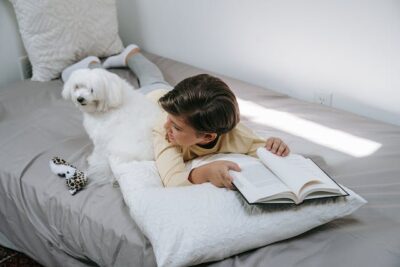
Shedding in Dogs: Basics
Definition of Shedding
Shedding isn’t just about leaving trails of fur around the house; it’s a natural process vital for maintaining a dog’s well-being, including the health of a Maltese’s hair and coat.
While Maltese dogs may not lose hair as much as some other breeds, they still experience shedding, albeit in smaller amounts of loose fur. Understanding this aspect of their grooming cycle is essential for ensuring their coat remains healthy and free of mats or tangles.
Importance of Shedding in Maintaining Dog Health
Think of shedding as a canine detox. It helps remove old or damaged hair, allowing new fur to grow and keeping the dog’s coat healthy and shiny. For some breeds prone to excessive hair loss, such as the Maltese, regular brushing is essential to prevent matting and ensure that the dog’s coat remains in top condition. By grooming regularly, owners can help their furry friends shed their own hair without discomfort or issues like matting.

Understanding Maltese Dog Coat
Characteristics of Maltese Dog Coat
The Maltese coat is legendary – long, silky, and luxurious. But beneath that beauty lies a shedding mystery waiting to be unraveled. Unlike other dogs with long hair, the Maltese’s coat requires special attention due to its continuous hair growth, akin to human hair.
Anatomy of Maltese Dog Hair
Understanding the anatomy of Maltese dog hair is crucial for preventing health conditions. Their long, silky fur is prone to tangles, which can lead to discomfort and even skin infections. Regular brushing and combing help remove excess hair, preventing tangles and reducing the risk of allergies and skin issues in Maltese dogs.
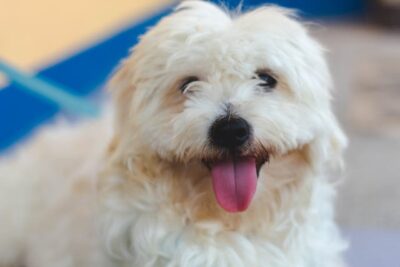
Do Maltese Shed?
Debunking Common Misconceptions
In debunking common misconceptions about whether Maltese dogs shed, it’s important to understand that while they do shed, it’s often less noticeable compared to other breeds.
The question ‘do Maltese shed?’ is often asked by potential owners, and the answer lies in understanding that their shedding is minimal and manageable with proper care.
Regular brushing helps to manage loose hair and keeps their coat looking pristine, making Maltese dogs ideal pets for those with allergies or sensitivity to animal dander.
Shedding Patterns in Maltese Dogs
Debunking common misconceptions about whether Maltese dogs shed reveals that while they do experience shedding, it’s typically minimal and manageable with regular brushing and combing. By incorporating these grooming practices into their routine, Maltese owners can effectively control loose hair and maintain their pet’s coat in top condition without the worry of excessive shedding.
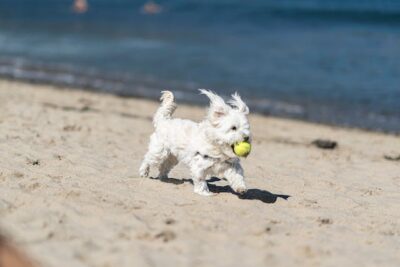
Factors Influencing Shedding in Maltese Dogs
Genetics and Breed Standards
Genetics and breed standards significantly influence shedding in Maltese dogs, with responsible breeding aiming to minimize traits that trigger allergies. By understanding the breed’s genetic predispositions and adhering to established standards, breeders can produce Maltese dogs with reduced shedding tendencies, benefiting both owners and their pets.
Regular consultations with a veterinarian can further ensure the health and well-being of Maltese dogs, helping owners address any shedding-related concerns effectively.
Environmental Factors
Environmental factors also play a role in shedding patterns in Maltese dogs. Changes in climate, indoor conditions, and overall environmental stressors can affect the frequency and intensity of shedding.
By understanding and managing these environmental factors, owners can help minimize shedding in their Maltese dogs and maintain a healthier coat.
Health and Diet
Health and diet are significant factors influencing shedding in Maltese dogs. A poor diet lacking essential nutrients can lead to coat issues and excessive shedding, emphasizing the importance of a well-balanced diet.
Regular brushing, along with veterinary attention to address any underlying health concerns such as patent ductus arteriosus, ensures optimal coat health and minimizes shedding in Maltese dogs.
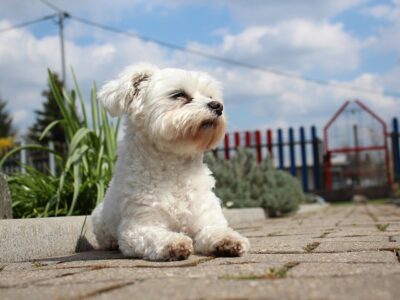
Seasonal Shedding in Maltese Dogs
Spring Shedding: What to Expect
During spring shedding, Maltese dogs typically experience a renewal of their coat as they prepare for warmer weather. Owners can expect increased shedding during this time as the dog’s body sheds its winter coat to make way for a lighter summer one.
Regular grooming sessions can help manage spring shedding by removing loose hair and preventing matting, ensuring a smooth transition for both the dog and its owner.
Summer Shedding: Coping Strategies
To cope with summer shedding in Maltese dogs, owners can consider giving them a teddy bear cut, a grooming style that trims the fur shorter for easier maintenance during warmer months. This not only reduces shedding but also helps the dog stay cooler in hot weather.
Regular brushing and grooming sessions remain important to prevent matting and maintain the health of the coat despite the change in hairstyle.
Fall Shedding: Understanding the Cycle
Fall shedding in Maltese dogs signals a transition as they prepare for the cooler weather ahead. During this time, owners can expect their Maltese to shed their summer coat in preparation for growing a thicker winter coat.
Understanding this shedding cycle allows owners to anticipate and adapt their grooming routines accordingly, ensuring their Maltese remains comfortable and well-maintained throughout the season.
Winter Shedding: Tips for Managing
During winter shedding, regular brushing is essential for managing loose fur and preventing matting in Maltese dogs. Additionally, keeping the pup well-groomed can help alleviate allergies triggered by indoor shedding.
Trimming the fur around sensitive areas like the eyes and paws can also reduce discomfort and maintain the dog’s overall well-being during the colder months.
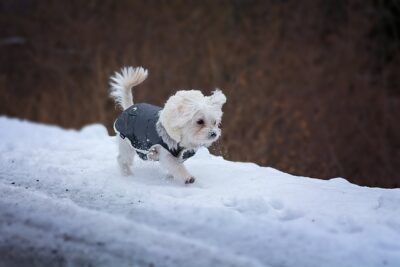
Managing Shedding in Maltese Dogs
Grooming Techniques for Minimizing Shedding
When it comes to managing shedding in Maltese dogs, grooming techniques tailored to the breed play a crucial role. Despite being known as a low-shedding breed, the question ‘do Maltese shed?’ still arises, and proper grooming helps address any minimal shedding they may experience.
Regular brushing and combing with a slicker brush help remove loose fur and prevent mats, while bathing with suitable products and conditioner keeps the skin healthy.
Additionally, paying attention to grooming around the ears and trimming the Maltese’s nails contribute to minimizing shedding and maintaining overall coat health.
Recommended Products for Maltese Dog Coat Care
For effective Maltese dog coat care, consider using high-quality grooming products such as a suitable brush and comb designed for breeds like Maltese. Additionally, invest in a gentle conditioner to keep their coat silky and manageable, and consult your vet for recommendations tailored to your dog’s specific needs.
Regular bathing with appropriate products and attention to grooming around the ears further promote a healthy coat and minimize shedding.
Diet and Nutrition for Healthy Coat Maintenance
Maintaining a healthy coat in Maltese dogs begins with proper diet and nutrition. Ensure your Maltese receives a balanced diet rich in essential nutrients, including omega-3 fatty acids and protein, to support coat health and minimize shedding.
Consulting with your veterinarian can help tailor a diet plan specific to your Maltese’s needs, ensuring a shiny and lustrous coat.
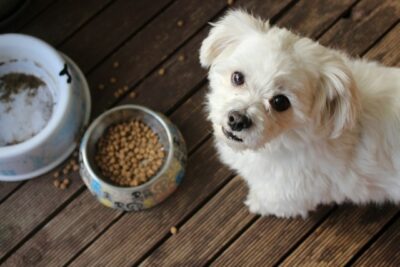
Shedding vs. Hair Loss: Knowing the Difference
Identifying Normal Shedding in Maltese Dogs
Differentiating between shedding and hair loss is crucial for Maltese dog owners. Normal shedding in this breed typically involves the release of dead hair during the natural growth cycle, which can be managed through regular brushing and bathing.
However, if excessive shedding persists or is accompanied by other symptoms such as irritated skin or ear infections, it’s essential to consult a vet to rule out underlying health issues.
Signs of Excessive Shedding and Hair Loss
Differentiating between shedding and hair loss is crucial for Maltese owners. While shedding is a normal process where old or damaged hairs are shed to make way for new ones, excessive shedding or hair loss in this breed can indicate underlying health issues.
Signs of concern include bald patches, thinning hair, or a significant increase in the amount of hair shed compared to normal shedding patterns for the breed. If you notice any of these signs, consulting a vet for further evaluation is recommended.
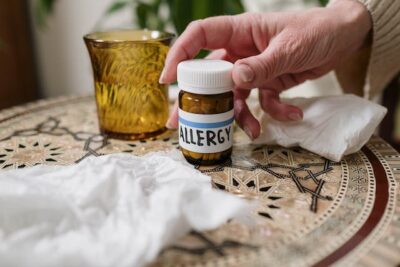
Allergies and Shedding in Maltese Dogs
Understanding Allergic Reactions to Dog Hair
Understanding allergic reactions to dog hair is essential for Maltese owners, as this breed is often favored by individuals with allergies. Allergies can manifest as itching, redness, or irritation of the skin and ears in sensitive individuals.
Regular grooming with a suitable brush helps to remove dander and loose hair, reducing the likelihood of allergic reactions and maintaining overall skin health in Maltese dogs.
Tips for Allergy Management in Maltese Dog Owners
For Maltese dog owners dealing with allergies, there are several tips for effective allergy management. Keeping the home environment clean by vacuuming regularly and washing the dog’s bedding can help reduce allergens.
Additionally, bathing the Maltese frequently with hypoallergenic shampoo and grooming them outdoors to minimize exposure to allergens indoors can also alleviate allergy symptoms in owners.

Shedding and Maltese Dog Breeding
Breeding Practices to Minimize Shedding
In Maltese dog breeding, minimizing shedding is a key consideration for responsible breeders. Selective breeding practices aim to produce Maltese offspring with reduced shedding tendencies, preserving the breed’s reputation as a low-shedding companion.
By prioritizing breeding pairs with minimal shedding history and adhering to established breed standards, breeders can contribute to producing Maltese dogs with coats that are easier to maintain for both owners and the dogs themselves.
Responsible Breeding for Healthier Coats
Responsible breeding practices in Maltese dogs prioritize not only temperament and conformation but also coat health. Breeders carefully select breeding pairs to minimize shedding tendencies and maintain the breed’s characteristic silky coat.
By emphasizing health and genetic diversity, breeders contribute to producing Maltese dogs with healthier coats, benefiting both the dogs and their future owners.
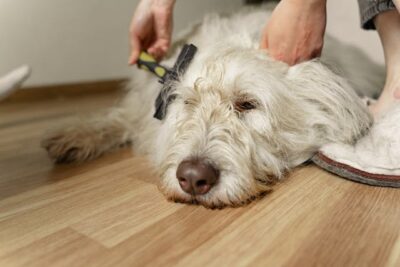
Dealing with Shedding: Practical Tips for Maltese Dog Owners
Daily Maintenance Routines
Incorporating daily maintenance routines is essential for Maltese dog owners to manage shedding effectively. Regular brushing with a suitable brush not only removes loose fur but also promotes healthy skin and coat in this breed.
Establishing a consistent grooming regimen helps minimize shedding and ensures that the Maltese’s coat remains pristine and free of mats.
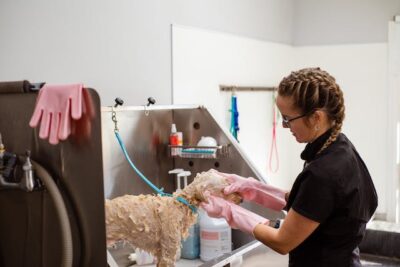
Creating a Shedding-Friendly Home Environment
Creating a shedding-friendly home environment is crucial for Maltese dog owners to manage shedding effectively. Using washable furniture covers and investing in a high-quality vacuum cleaner helps to minimize hair accumulation on surfaces.
Additionally, regular grooming sessions and providing designated areas for the dog’s bedding can further reduce shedding-related messes in the home.
Professional Grooming Considerations
For Maltese dog owners, professional grooming services can provide valuable assistance in managing shedding. Regular visits to a professional groomer ensure that the Maltese’s coat is properly maintained, reducing the risk of mats and tangles that can exacerbate shedding.
Professional groomers also have the expertise and tools to trim the coat and nails effectively, contributing to a healthier and happier Maltese.
Shedding and Maltese Dog Behavior
Impact of Shedding on Maltese Dog Behavior
Shedding can impact the behavior of Maltese dogs, affecting their comfort and mood. Excessive shedding or discomfort due to mats and tangles may lead to irritability or agitation in Maltese dogs.
By managing shedding through regular grooming and maintaining a healthy coat, owners can help ensure their Maltese remains happy and content.
Behavioral Changes During Shedding Seasons
During shedding seasons, Maltese dogs may exhibit changes in behavior as they cope with the shedding process. Increased grooming sessions and discomfort from loose hair may lead to temporary changes in mood or activity levels.
Providing extra comfort and attention to your Maltese during shedding seasons can help alleviate any stress or discomfort they may experience.
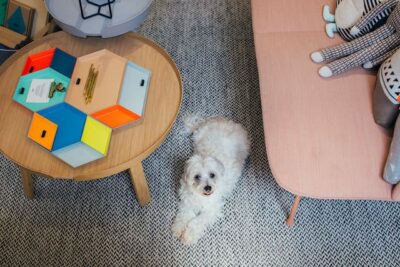
Understanding Shedding Cycles: Maltese Dog Perspective
How Shedding Affects Maltese Dog Comfort
Understanding shedding cycles from a Maltese dog’s perspective is essential for ensuring their comfort. Shedding can cause discomfort due to mats, tangles, or loose hair irritating the skin.
By being attentive to their grooming needs and providing necessary care during shedding periods, owners can help their Maltese dogs stay comfortable and happy.
Behavioral Responses to Shedding Cycles
During shedding cycles, Maltese dogs may exhibit various behavioral responses as they adapt to the changes in their coat. This may include increased grooming behaviors, such as licking or scratching, to alleviate discomfort caused by shedding.
Additionally, some Maltese dogs may show signs of agitation or restlessness during shedding periods, emphasizing the importance of providing extra comfort and attention during these times.
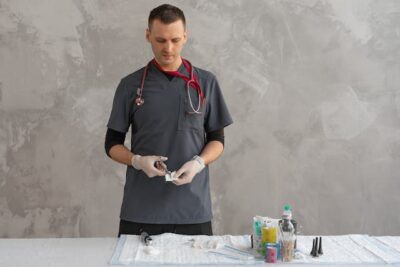
Shedding and Maltese Dog Health
Signs of Shedding-Related Health Issues
Signs of shedding-related health issues in Maltese dogs may include excessive hair loss or bald patches, which can differ from typical shedding patterns seen in other breeds. Additionally, skin irritation or inflammation may occur, leading to discomfort or itching in the house.
Monitoring these signs during shedding periods is vital for maintaining the health and well-being of Maltese dogs.
Consulting a Veterinarian for Shedding Concerns
Consulting a veterinarian for shedding concerns in Maltese dogs is essential to address any potential health issues. If owners notice abnormal shedding patterns, such as excessive hair loss or skin irritation, a veterinarian can perform a thorough examination to identify the underlying cause.
Early intervention and proper treatment can help alleviate shedding-related problems and ensure the overall health and well-being of Maltese dogs.
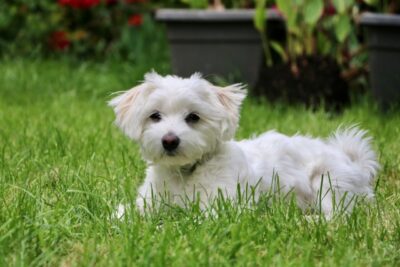
FAQs: Do Maltese Shed
- Do Maltese shed a lot?
- Maltese dogs have minimal shedding compared to many other breeds. While they do shed, it’s typically minimal and manageable with regular grooming practices like brushing.
- Are Maltese dogs hypoallergenic?
- Yes, Maltese dogs are considered hypoallergenic, making them suitable for many allergy sufferers. However, no dog breed is completely hypoallergenic, so individuals with severe allergies may still experience symptoms around Maltese dogs.
- How often should I brush my Maltese to manage shedding?
- Regular brushing is essential for managing shedding in Maltese dogs. Aim for daily brushing sessions with a suitable brush to remove loose fur and prevent matting.
- Do Maltese dogs get along with cats and other animals?
- Yes, Maltese dogs are known for their friendly and sociable nature. With proper socialization, they can get along well with cats and other animals in the household.
- Are Maltese dogs prone to dental issues?
- Like many small dog breeds, Maltese dogs can be prone to dental problems. Providing dental treats and regular dental care can help maintain their oral health.
- Do Maltese dogs have a double coat?
- No, Maltese dogs have a single coat of long, silky hair. Unlike breeds with double coats, they typically have minimal shedding.
- Why are Maltese dogs often referred to as “white dogs”?
- Maltese dogs are known for their stunning white coat, which is one of their defining characteristics. Their beautiful white fur contributes to their nickname as “white dogs.”
- Are Maltese dogs prone to any specific health issues?
- Maltese dogs are prone to certain health issues like dental problems, luxating patella, and respiratory issues due to their small size and delicate build. Regular vet check-ups and proper care can help prevent or manage these issues effectively.

Conclusion: Do Maltese Shed
Unlocking the secrets of shedding in Maltese dogs is essential for nurturing a joyful, thriving connection with your furry companion. Understanding the question ‘do Maltese shed?’ is crucial in ensuring you can manage their grooming needs effectively.
By delving into the nuances of Maltese shedding and adopting effective grooming and care routines, you can create a home free from excess fur and maintain a lustrous coat for your cherished Maltese pet. Embrace the fluff and savor every wagging tail moment!
Explore our selection of Maltese puppies for sale in Florida and surrounding areas.

